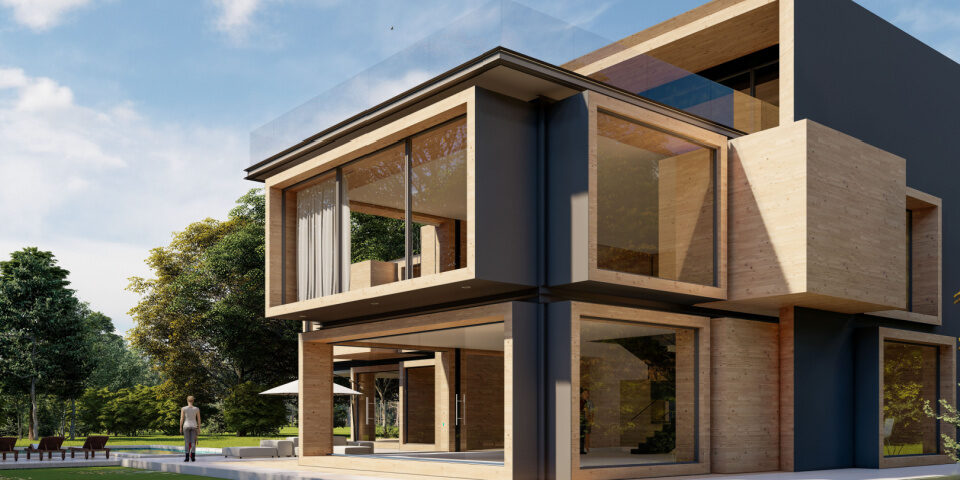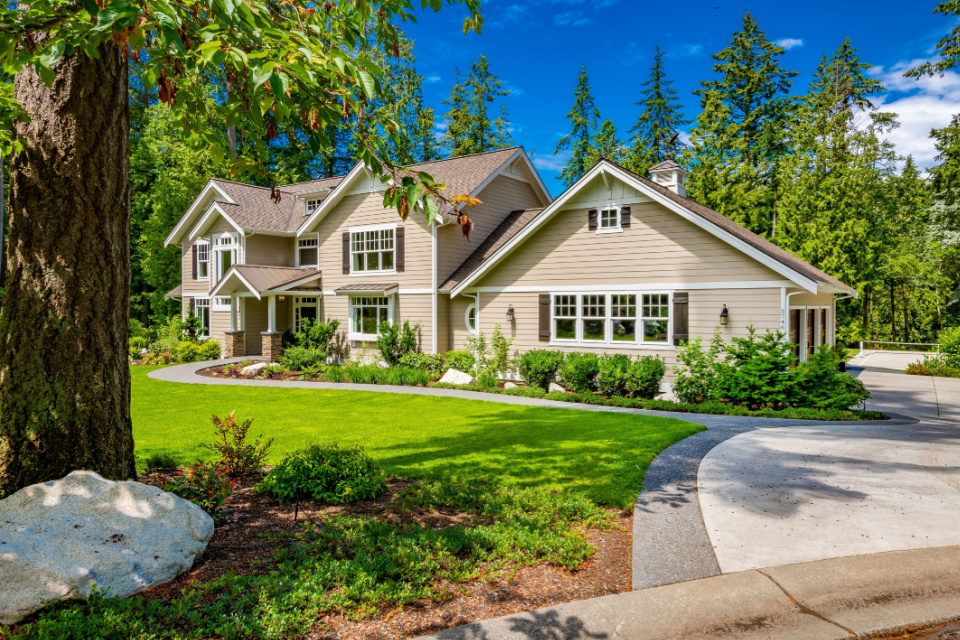
The Significance of House Designs
05/17/2023
Duplex Everything You Need to Know
06/14/2023Sustainable house designs are gaining prominence in today’s world as we strive to mitigate the environmental impact of our built environment. These designs focus on creating homes that are energy-efficient, environmentally friendly, and socially responsible. In this essay, we will explore the significance of sustainable house designs, examine key elements that contribute to their success, and discuss their potential to shape a greener future for residential architecture. Sustainable house designs hold great significance in addressing the pressing environmental challenges we face. With the rising concerns of climate change, resource depletion, and pollution, sustainable designs offer a solution to reduce the carbon footprint of our homes. They aim to minimize energy consumption, conserve water, use eco-friendly materials, and promote a healthier living environment. By embracing sustainable practices in house designs, we can mitigate greenhouse gas emissions, reduce dependence on fossil fuels, and contribute to a more sustainable and resilient future. Additionally, sustainable designs provide economic benefits by lowering utility bills, increasing property value, and offering long-term cost savings.
Successful sustainable house designs incorporate several key elements that contribute to their effectiveness in minimizing environmental impact and promoting a greener future.
- Energy Efficiency: Energy efficiency is a cornerstone of sustainable house designs. This includes passive design strategies such as proper insulation, orientation to maximize natural light and ventilation, and the use of energy-efficient windows and appliances. Active design features such as solar panels, geothermal heating and cooling systems, and energy management systems further reduce energy consumption and reliance on non-renewable energy sources.
- Water Conservation: Sustainable house designs incorporate measures to conserve water, a precious resource. These include efficient plumbing fixtures, rainwater harvesting systems, greywater recycling, and landscaping designs that minimize water usage. By reducing water consumption, sustainable homes help alleviate pressure on water supplies and contribute to the preservation of freshwater ecosystems.
- Use of Sustainable Materials: Sustainable house designs prioritize the use of environmentally friendly materials. This includes choosing renewable materials like bamboo or sustainably sourced wood, utilizing recycled or upcycled materials, and selecting low-emission products with minimal environmental impact. By reducing the use of non-renewable resources and minimizing waste generation, sustainable designs contribute to the circular economy and reduce the ecological footprint of the construction industry.
- Indoor Environmental Quality: Sustainable house designs prioritize indoor environmental quality to promote the health and well-being of occupants. This includes adequate ventilation systems, use of non-toxic materials, and natural daylighting. Additionally, incorporating green spaces and biophilic design elements enhances the connection with nature, leading to improved mental and physical health.
- Resilience and Adaptability: Sustainable house designs take into account the changing climate and aim to create resilient homes that can withstand extreme weather events. This includes features such as flood-resistant design, fire-resistant materials, and designs that promote natural cooling and heating strategies. Building adaptable homes that can accommodate changing needs over time also reduces the need for additional construction and minimizes resource consumption.
- Temporary Housing: In situations where individuals or communities are displaced due to natural disasters or other crises, temporary housing plays a critical role in their recovery and rebuilding.Sustainable temporary housing models have recently been developed that prioritize the use of eco-friendly materials, energy efficiency, and localized construction to minimize environmental impact and promote quick recovery.
- Collaboration and Community Engagement: Sustainable housing design recognizes the importance of collaboration between architects, designers, builders, policymakers, and community members to create homes that are not only environmentally sustainable but also socially and economically equitable. By engaging with the community to understand their needs and preferences, sustainable designs can better meet the requirements of the people they serve while also supporting local businesses.
Overall, sustainable house design encompasses a holistic approach to building homes that are energy-efficient, environmentally friendly, and socially just. This approach promotes a healthier, happier, and more resilient future for individuals and society as a whole. This approach to sustainable housing design is based on principles such as energy efficiency, the use of non-toxic materials, natural daylighting, resilience and adaptability, temporary housing, and collaboration with local communities.
Sustainable house designs have the potential to shape a greener future for residential architecture in several ways. Firstly, by setting an example and inspiring homeowners, they create a ripple effect that drives demand for more sustainable housing. As sustainable designs become more accessible and cost-effective, they will gain wider acceptance and become the norm rather than the exception. Furthermore, sustainable house designs contribute to the reduction of greenhouse gas emissions, helping to combat climate change. By adopting renewable energy systems, minimizing energy waste, and implementing efficient water management, sustainable homes significantly reduce their environmental impact. In large numbers, these homes can make a substantial difference in reducing carbon emissions.





